For many young people who grew up in the early 2000s, Bratz dolls were more than just toys; they were a cultural phenomenon. Launched in 2001, these sassy and stylish dolls challenged the dominance of Barbie with their diverse looks, trendsetting fashions, and emphasis on individuality. Let’s delve into the world of Bratz dolls, exploring the key elements that made them so popular:
Part 1: A Celebration of Diversity
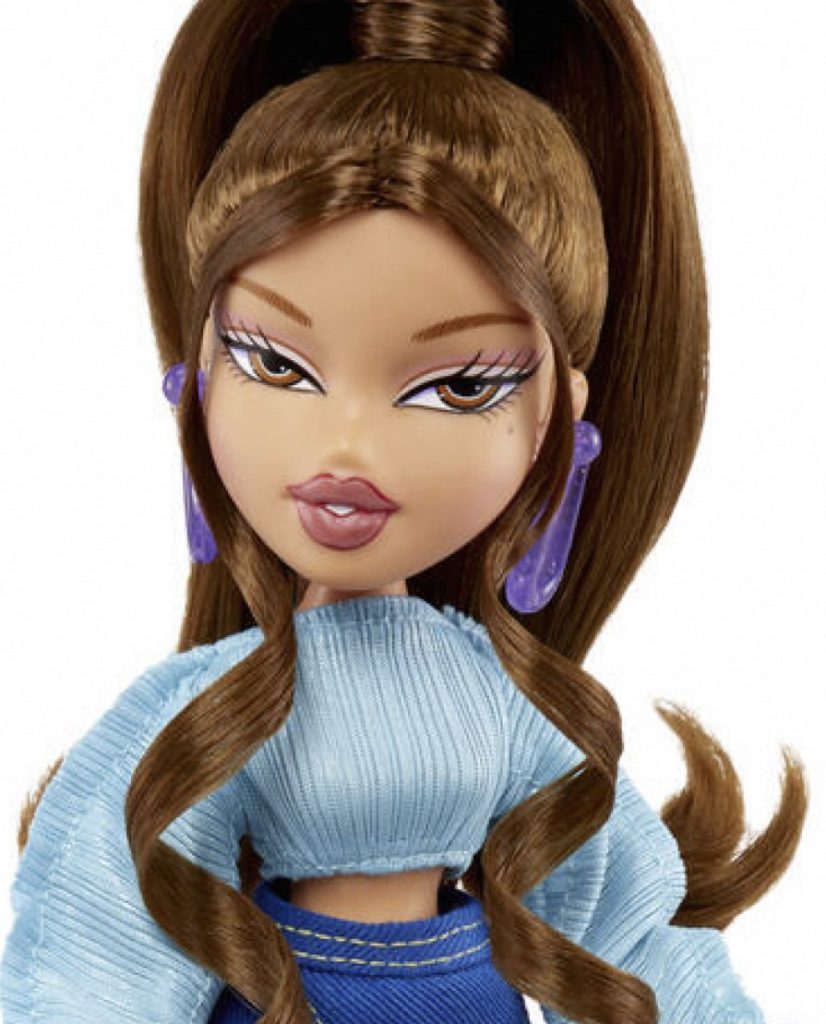
Multicultural Beauties:
Unlike Barbie’s traditionally Caucasian features, Bratz dolls came in a variety of ethnicities. From Yasmin with her Middle Eastern background to Cloe with her Korean heritage, the dolls represented a wider range of cultures, allowing children to see themselves reflected in the toy aisle. This inclusivity was a major departure from the mainstream doll market at the time and resonated with a generation celebrating diversity.
Beyond Blonde Hair and Blue Eyes:
The Bratz dolls were groundbreaking in their portrayal of diversity. They boasted a wider range of hair textures, skin tones, and eye colors than their competitors, setting a new standard for inclusivity in the toy industry. This expansion of diversity not only reflected the real world, but it also expanded the definition of beauty for young children. It showed them that beauty comes in all shapes, sizes, and ethnicities, promoting a message of acceptance and self-love. By doing so, the Bratz dolls empowered young girls to embrace their own unique features. They also encouraged them to celebrate the diversity of beauty in the world around them. This representation was a significant step forward in promoting positive self-image. It also played a role in celebrating diversity within the toy industry. This left a lasting impact on the perception of beauty and self-expression.
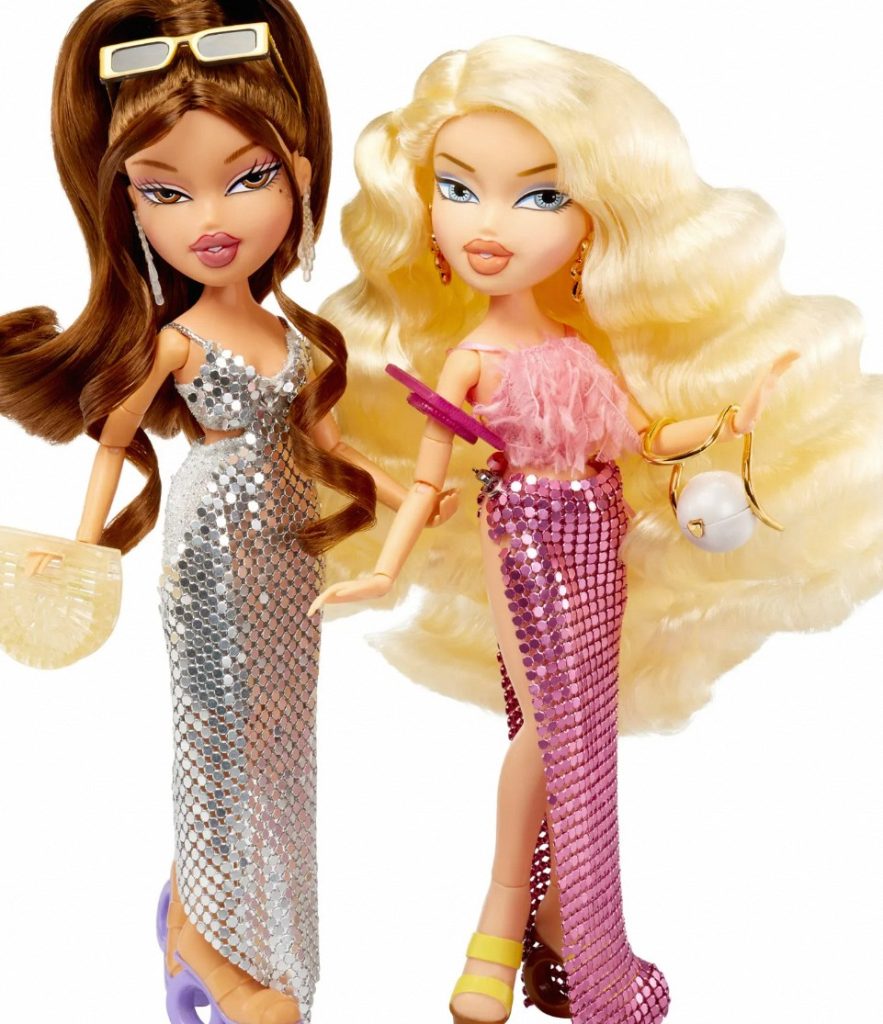
Part 2: Stepping Up the Fashion Game
Trendsetting Styles:
The Bratz dolls were iconic for their bold and cutting-edge fashion choices. Their wardrobe featured a wide array of edgy and glamorous clothing that mirrored the latest trends seen on runways and music videos. From tiny denim skirts and crop tops to platform boots and faux fur jackets, their outfits were ahead of their time, capturing the essence of contemporary style. This fashion-forward approach made the Bratz dolls incredibly appealing to young girls who sought to emulate their stylish personas. By showcasing trendy and fashionable ensembles, the dolls served as a source of inspiration for many children, encouraging them to explore their own unique fashion sense and express themselves through clothing. The dolls’ emphasis on fashion also contributed to their lasting influence on pop culture and their role in shaping the way young people perceive and engage with style and self-expression.
More Than Just Pink:
In contrast to Barbie’s often stereotypically pink wardrobe, the Bratz dolls stood out by embracing a bolder and more diverse color palette in their outfits. Their fashion choices incorporated vibrant hues and a wide array of patterns, reflecting a more urban and contemporary aesthetic. This departure from the traditional pastel colors resonated with children who sought a sense of individuality and self-expression through fashion. The dolls’ wardrobe reflected the vibrant and dynamic world that young people inhabited. It mirrored the eclectic and diverse fashion trends prevalent in urban culture. By embracing a more diverse color palette, the Bratz dolls catered to a broader spectrum of tastes and preferences. This allowed children to express themselves through their favorite colors and styles. The dolls’ fashion choices reinforced the idea that self-expression can be articulated through clothing. They promoted a message of embracing one’s unique style and celebrating individuality.
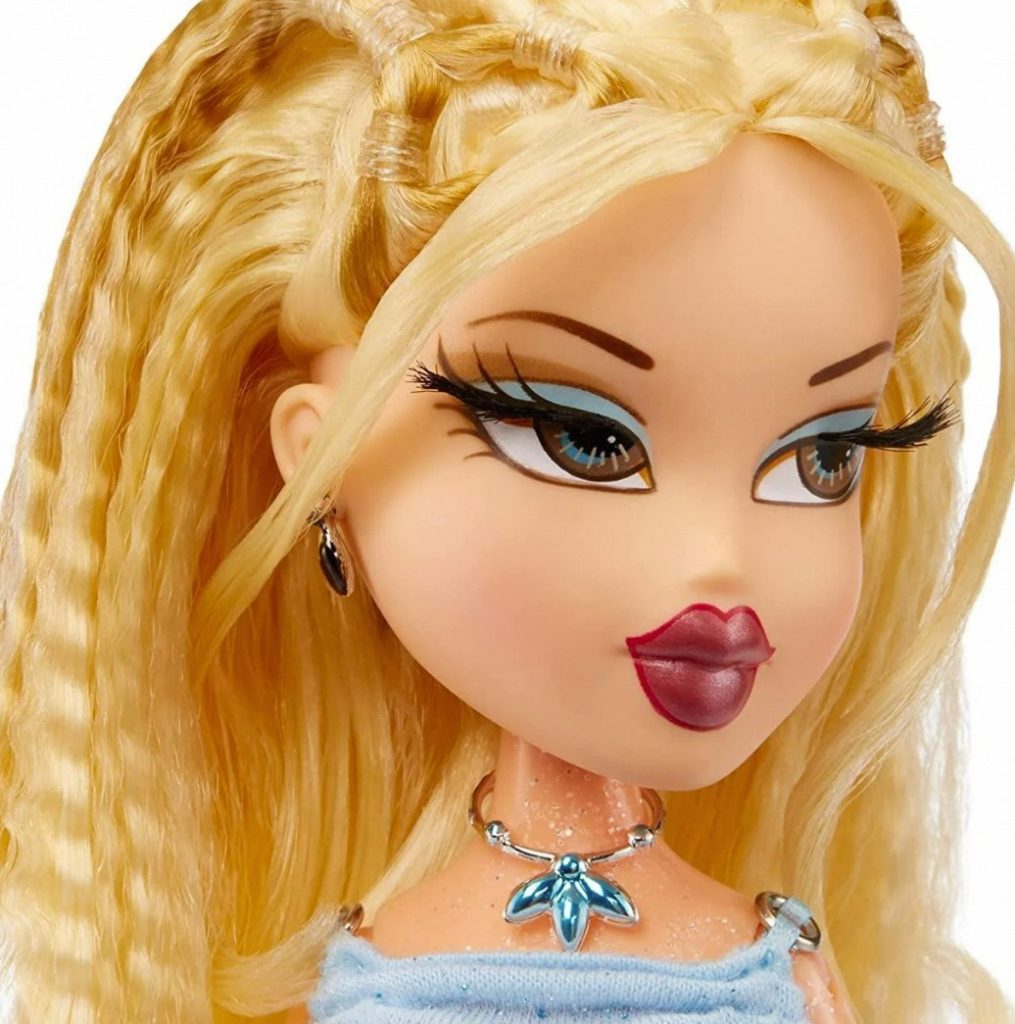
Part 3: The Power of Friendship
A Squad Like No Other:
In stark contrast to Barbie’s portrayal, which often focused on relationships and careers, the Bratz dolls took a different approach by putting a spotlight on the importance of friendships. The core group of four — Yasmin, Cloe, Jade, and Sasha — were depicted as strong, independent, and supportive of each other. Their stories revolved around the adventures they shared, the challenges they faced, and the unwavering bond of friendship that held them together. This emphasis on female friendships sent a powerful and affirming message to young girls. It highlighted the significance of having a strong social network. It demonstrated the value of camaraderie, empathy, and mutual support among young women.
Sharing Adventures:
The appeal of Bratz dolls extended beyond their fashionable looks. They also emphasized the importance of having fun and sharing experiences together. Through various depictions, the dolls were often shown engaging in adventures, hanging out at the mall, attending concerts, or even traveling the world. These scenarios not only showcased the dolls’ sense of adventure but also highlighted the significance of companionship and shared moments. This focus on shared experiences struck a chord with children who craved the excitement and camaraderie of close friendships. It reinforced the idea that life’s most memorable moments are often those shared with friends, nurturing a sense of togetherness and fostering a narrative centered around creating and cherishing timeless memories with those closest to you.
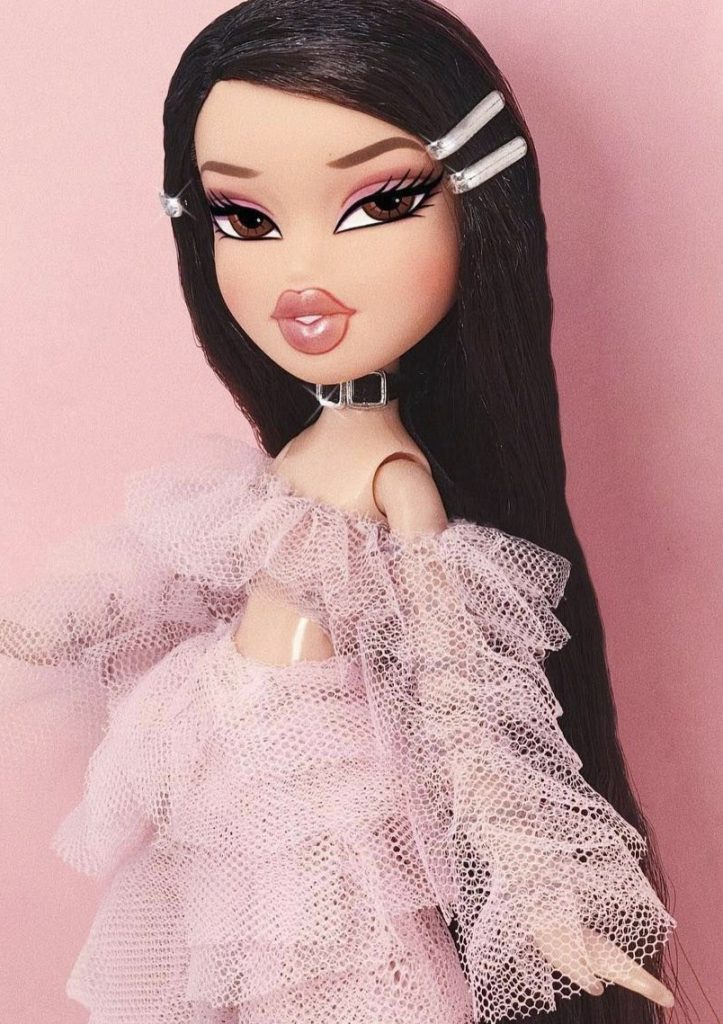
Part 4: A Legacy of Empowerment
Breaking the Mold:
The Bratz dolls broke molds and defied the traditional image of the perfect, plastic doll. Unlike their counterparts, they were characterized by their sassy personalities, diverse looks, and emphasis on self-expression. By doing so, they sent a powerful message that encouraged young girls to embrace their own uniqueness and shatter stereotypes. This bold approach resonated deeply with a generation that was increasingly vocal about their desire to be seen and heard. The dolls’ portrayal of individuality, confidence, and diversity was a reflection of the changing cultural landscape, where young people were striving to carve out their identities and challenge societal norms. The Bratz dolls became more than just toys; they became symbols of empowerment, representing the spirit of independence and the celebration of individuality.
A Lasting Impact:
Even though Bratz dolls may not be as ubiquitous today, their legacy continues to inspire. They paved the way for a more inclusive and diverse toy industry, where children can see themselves represented and celebrated. The emphasis on female friendship and self-expression also left a lasting mark, encouraging young girls to embrace their individuality and find strength in their social circles.
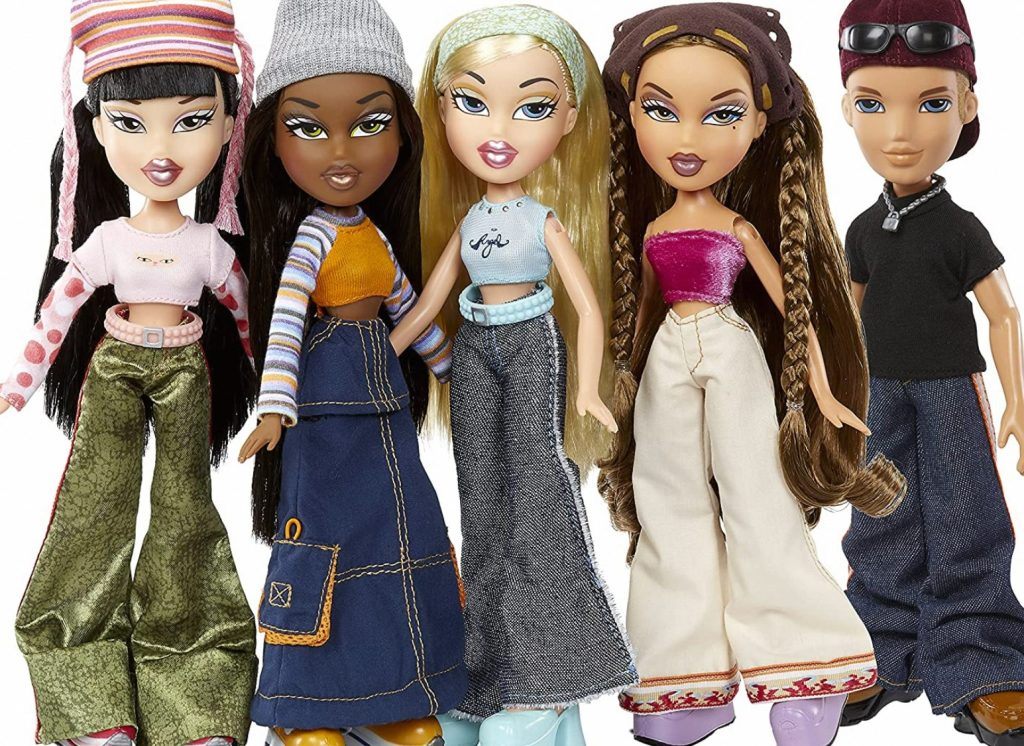
In conclusion, Bratz dolls were more than just toys; they were a cultural phenomenon that celebrated diversity, fashion, and friendship. By offering a wider range of ethnicities, body types, and fashion styles, Bratz dolls empowered young girls to embrace their individuality and redefine what it meant to be beautiful. Their legacy continues to inspire inclusivity and self-expression in the toy industry and beyond.

